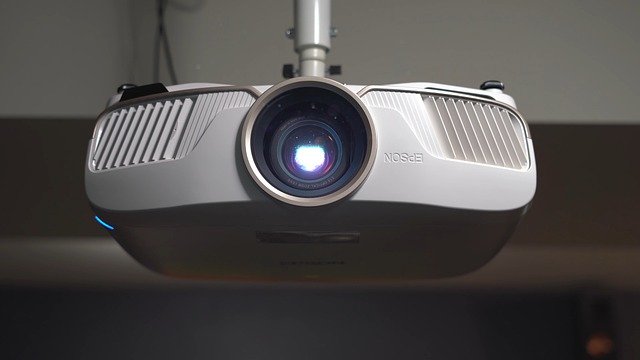Satellite Internet: Connecting Seniors to the Digital World
Satellite internet technology has revolutionized connectivity options for people living in remote areas or those seeking alternatives to traditional broadband. For seniors, this technology can be particularly beneficial, offering a way to stay connected with family, access important services, and engage with the digital world. As the population ages and technology becomes increasingly integral to daily life, understanding satellite internet's potential for seniors is crucial.

The process begins when a user’s computer sends a request through their satellite modem and dish. This signal travels to a satellite in geosynchronous orbit, approximately 22,000 miles above Earth. The satellite then relays the signal to a ground station, which processes the request and sends the data back through the same path. While this journey may seem long, it happens in a matter of seconds, allowing for relatively fast internet access even in the most remote locations.
What are the benefits of satellite internet for seniors?
Satellite internet offers several advantages that can significantly improve the quality of life for seniors. Firstly, it provides connectivity in rural or underserved areas where other internet options may be unavailable. This is particularly important for older adults who choose to age in place in their long-time homes, which may be located outside urban centers.
Additionally, satellite internet enables seniors to stay in touch with family and friends through video calls, social media, and email. This connection can help combat feelings of isolation and loneliness, which are common concerns among older adults. Access to online health resources, telemedicine services, and educational content also becomes possible, empowering seniors to manage their health and continue learning.
Moreover, satellite internet allows seniors to engage in online shopping, banking, and other essential services from the comfort of their homes. This convenience can be especially valuable for those with mobility issues or those living in areas with limited local amenities.
What considerations should seniors keep in mind when choosing satellite internet?
When considering satellite internet, seniors should be aware of certain factors that may affect their experience. One primary consideration is the potential for latency, or delay, due to the distance signals must travel. This can impact real-time activities like video calls or online gaming, though it’s typically not noticeable for basic browsing and email use.
Weather can also influence satellite internet performance. Heavy rain, snow, or cloud cover may temporarily disrupt the signal, leading to slower speeds or brief outages. However, modern satellite technology has significantly improved resilience to weather-related issues.
Data caps are another aspect to consider. Many satellite internet plans come with monthly data allowances, after which speeds may be reduced. Seniors should assess their internet usage habits to choose a plan that accommodates their needs without unnecessary restrictions.
How does satellite internet compare to other connectivity options?
Satellite internet offers unique advantages and trade-offs compared to other internet technologies. Here’s a comparison of common internet options:
| Internet Type | Availability | Speed | Latency | Reliability |
|---|---|---|---|---|
| Satellite | Widely available, even in remote areas | Moderate to High | Higher latency due to signal travel | Generally reliable, but can be affected by weather |
| Cable | Limited to urban and suburban areas | High | Low | Very reliable |
| DSL | Available in many areas | Low to Moderate | Low | Reliable, but speed depends on distance from provider |
| Fiber | Limited availability, mostly in urban areas | Very High | Very Low | Extremely reliable |
| 4G/5G | Varies by location and carrier coverage | Moderate to High | Low | Reliable in areas with good coverage |
Prices, rates, or cost estimates mentioned in this article are based on the latest available information but may change over time. Independent research is advised before making financial decisions.
What technological advancements are improving satellite internet for seniors?
Recent technological advancements are making satellite internet an increasingly attractive option for seniors. New satellite constellations in lower Earth orbits are being deployed, promising lower latency and faster speeds. These improvements could make satellite internet more comparable to terrestrial options in terms of performance.
Additionally, user equipment is becoming more user-friendly, with easier installation processes and more intuitive interfaces. This is particularly beneficial for seniors who may be less comfortable with complex technology setups. Some providers are also offering specialized customer support for older adults, ensuring they can get the help they need to stay connected.
As satellite internet technology continues to evolve, it’s likely to become an even more viable and appealing option for seniors looking to bridge the digital divide and maintain their independence through connectivity.
In conclusion, satellite internet represents a significant opportunity for seniors to stay connected, informed, and engaged in the digital world. While it comes with its own set of considerations, the technology’s ability to provide internet access in almost any location makes it a valuable tool for improving the quality of life for older adults, especially those in underserved areas. As advancements continue, satellite internet is poised to play an increasingly important role in ensuring that seniors can fully participate in our increasingly digital society.






